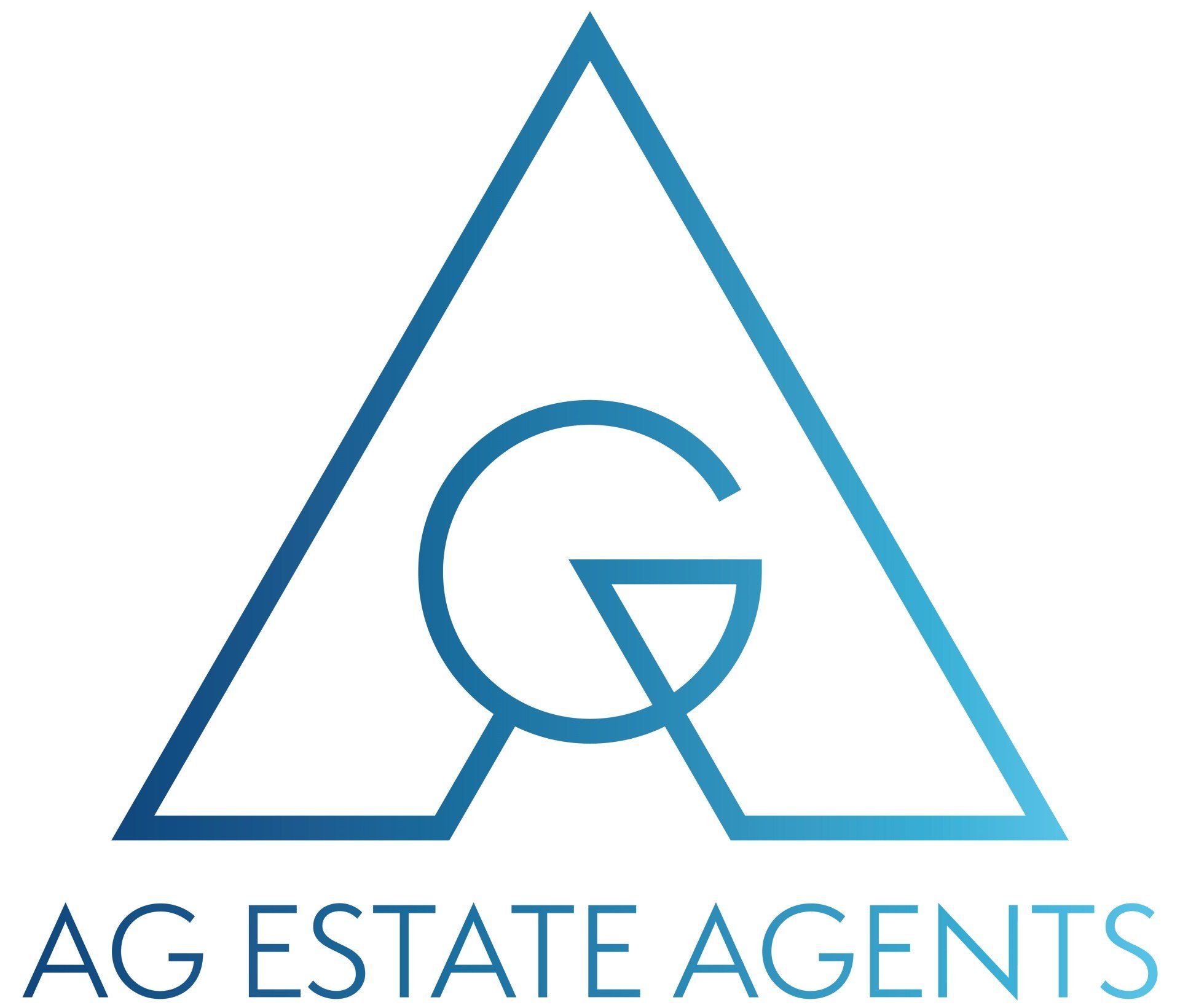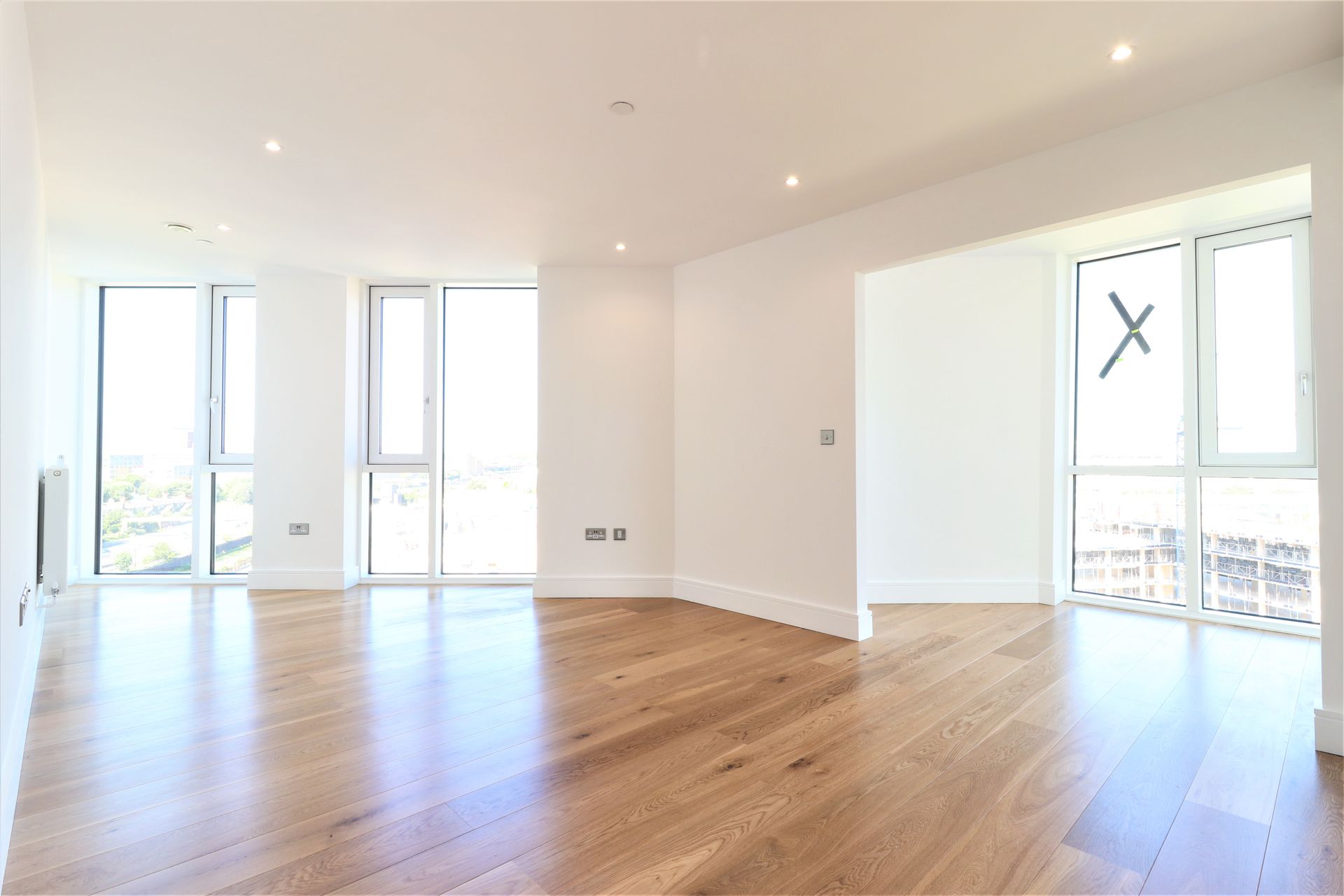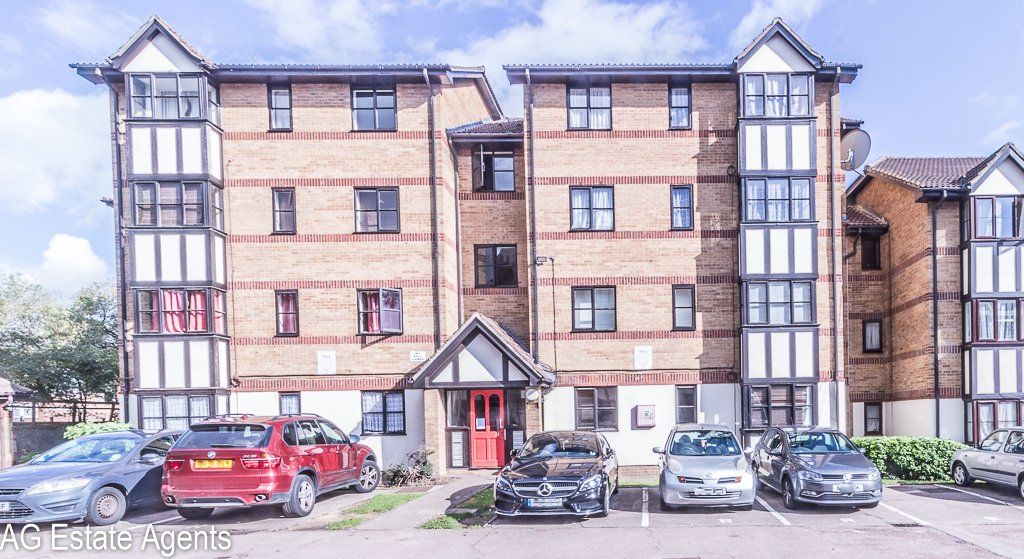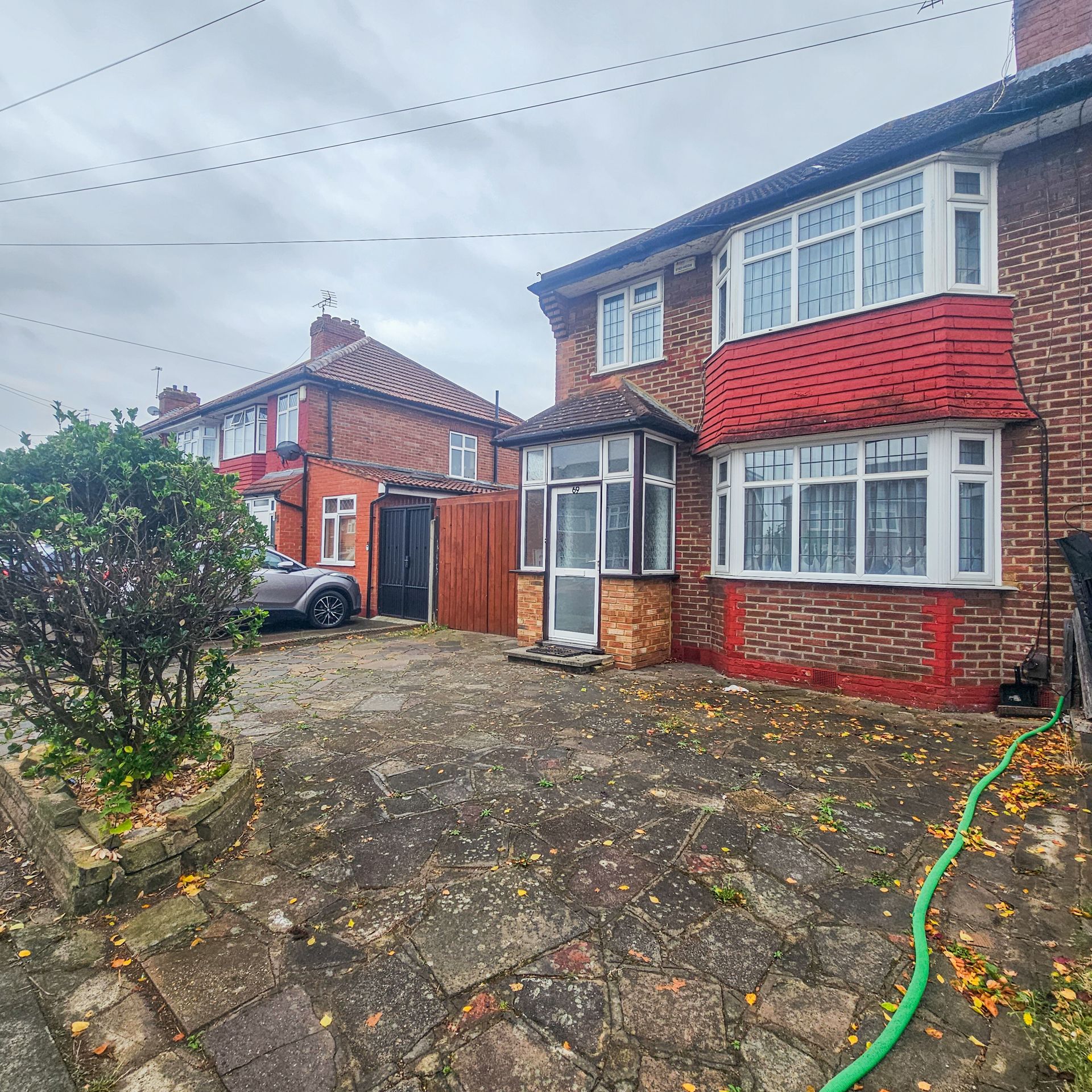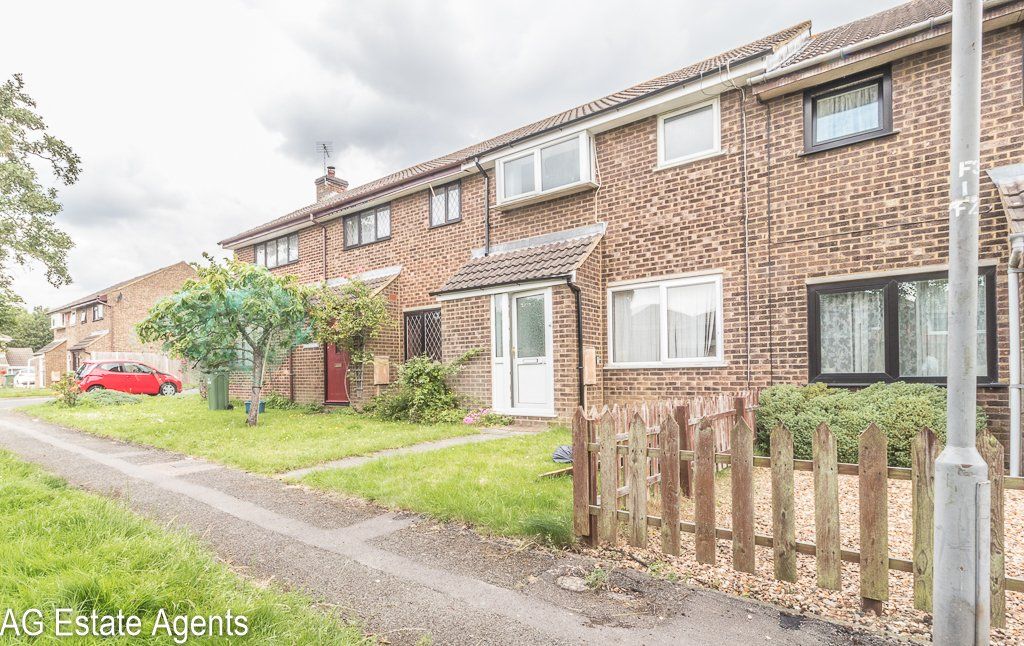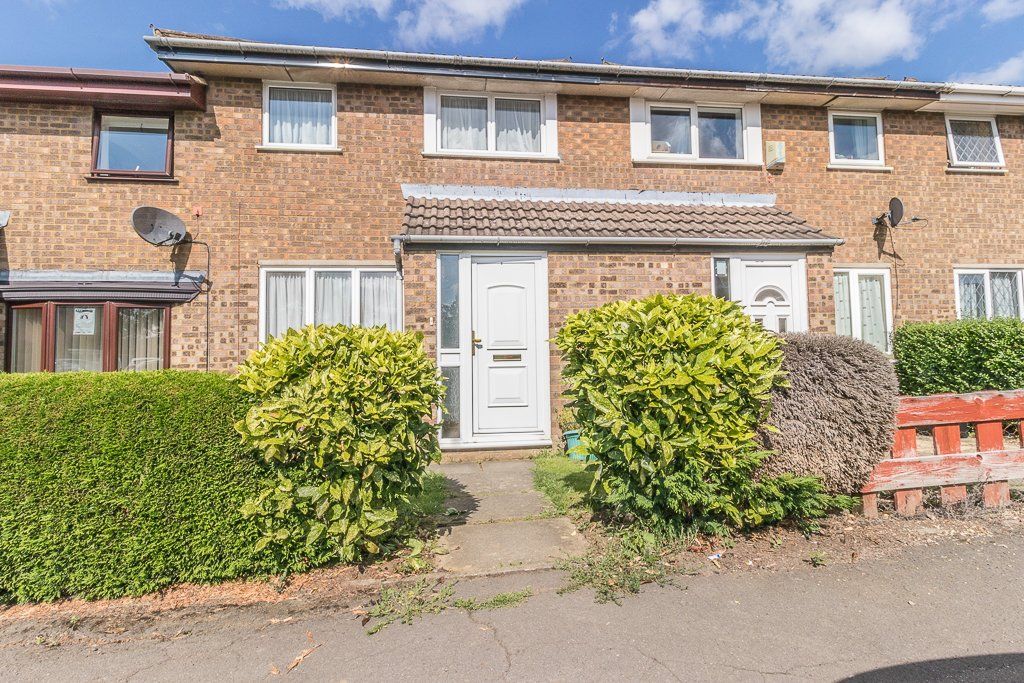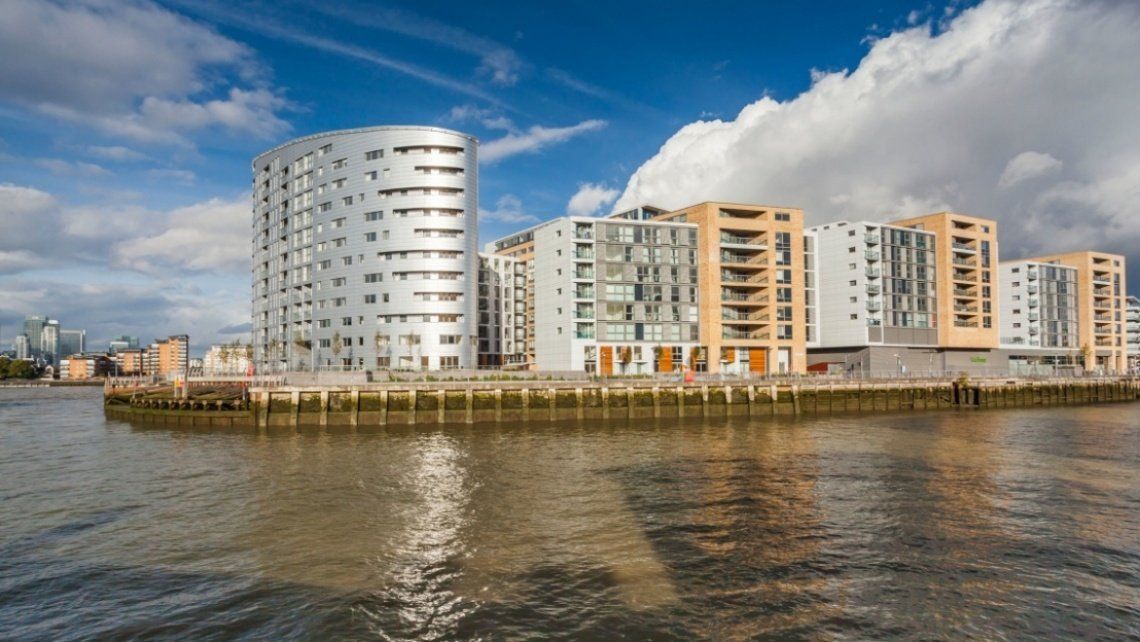Freehold Vs Leasehold Vs Common Hold Property. What do they mean?
If you’re looking to purchase a property then its vital for you to understand the differences between leasehold and freehold tenures, as each will have significant implications for you as a homeowner.
Estates & Interests in Land:
An estate in land relates to the right and interests a person has over a parcel of land. This stems from the fact that technically and historically all land belongs to the crown, and an induvial or company can purchase the benefits and rights of occupation of the land. In more recent times, legislation was introduced to simplify and formalise the way that land was held. The major legislation was the Law of Property Act 1925.
The legislation set out that land could be held in one of two ways, freehold or leasehold. The way land is held is referred to as ‘tenure’ from the French verb ‘tenir’ meaning ‘to hold’
Freehold:
This is known as ‘fee simple absolute in possession’, broken down this way:
- Fee Simple – This means that the ownership will not end with the death of the owner, but can be inherited and is available to the heirs
- Absolute – Means that there are no conditions attached to ownership
- In Possession – Means that there is the immediate right to occupy or collect the rent
- A more common and simple explanation of Freehold is:
- Someone who owns the freehold of a property owns the property and the land it stands on, for an unlimited period.
As a freeholder, you are responsible for looking after everything with the property, from your possessions inside, to the walls, roof, and the buildings’ structure. As a result, if you want to make any changes to the structure of the property, such as adding an extension, then you are free to do so if you have the necessary planning permission from the local council.
Leasehold:
This is referred to as a ‘term of years absolute’ arising out of a freehold or an existing leasehold and denotes the right for someone to occupy the premises or land over a set and pre-agreed term. It could be described as buying a right to exclusive possession of a property or land for a stated period. This can be known as a ‘shrinking or diminishing asset’ since the value reduces as the available term reduces.
The majority of leasehold properties in many areas are flats which are bound to terms contained in a common head lease. However, in some parts of the country some houses are sold on a ‘virtual freehold’ with a long lease of 99, 125 or 999 years. This is often done so that obligations can be placed on the leaseholder regarding the upkeep of the exterior of the property, or communal walkways or gardens.
Unlike a freeholder, as a leaseholder you own the property but not the land on which it is built – that is owned by the freeholder.
As a leaseholder you will generally have a contract with the freeholder of your property, which sets out exactly what you as the leaseholder are responsible for. There are likely to be certain annual costs you will be required to pay, such as ground rent and service charges.
You will also likely need to obtain permission from the freeholder if you want to carry out any major works to the property. There are also likely to be limitations associated with ownership, for example not being able to keep pets or rent the property.
Commonhold:
This is a relatively new concept and arose from the Commonhold and Leasehold Reform Act 2002, on which the basis is that individual flats in a building or block of flats are individually wholly owned, and the common areas are jointly owned, i.e., the freehold is shared. This has the benefit of there being no fixed term of a lease which will decrease in value over time, but rules of living are established via a community statement rather than covenants in a head lease.
Pros and cons of leasehold:
The benefit of a leasehold property is that you are generally not responsible for repairs of the outside of buildings and communal areas such as the roof or hallways. The freeholder will be responsible for carrying out such repairs or maintenance.
However, leaseholders will have to usually pay a maintenance charge and ground rent to cover costs for maintenance and buildings insurance. Furthermore, the lower the lease length remaining will have a negative impact on either the sale ability of the property or increased costs in extending the lease.
Pros and cons of Freehold:
As a freeholder you own the property and the land it’s built on, you generally won’t have any service charges, no worries about the lease expiring and have complete control over your own home. On the other hand, you will be responsible for all repairs.
Overall, there are advantages and disadvantages to owning either a freehold or leasehold property. When purchasing a leasehold property, the most important thing to check would be how many years are remaining on the lease (anything over 125 years is desirable) and what the ongoing costs are.
Feel free to contact us if you would like any more assistance in either purchasing or selling a property on 0208 614 0740.



Subscribe to our Newsletter
Contact Us
We will get back to you as soon as possible.
Please try again later.
The Landmark Building, Luton
£1,050 PCM
Studio / 1 Bedroom Flat
Colebrook Way, N11 1SZ
2 Bedrooms
£1,700 PCM - Available
Sky View Tower, E15 2GT
2 Bedrooms
2 Bathrooms
LET
Somerset Gardens, N17 8JX
2 Bedroom Flat
LET
Orchard Grove, HA8 5BN
Three Bedroom Semi Detached House
LET
Favell Drive, MK4 1AX
Three Bedrooms - House
LET
Barbury Court, MK14 5PT
2 Bedroom House
LET
Handleys Court, HP2 4FW
2 Bedroom Flat
LET
Howton Place, Bushey, WD23 1HX
LET
2 Bedroom Flat
Salisbury House, WD18 7BG
1 Bedroom Flat
LET
Sparrows Herne, WD23 1AD
2 Bedroom Flat
LET
Windsor Court, HP3 9AW
2 Bedrooms
LET
Lawn Lane, Hemel Hempstead, HP3 9HS
3 Bedrooms
LET
Charlton Road, SE7 7FD
Two Bedroom Apartment
LET
Meadow Road, WD23 3FD
Three Bedroom Terrace
LET
Favell Drive, MK4 1AT
3 Bedrooms
LET
Kidd Close, MK8 0BS
Two Bedrooms - Semi - Detached House
LET
Drayton Road, NW10 4DE
3 Bedroom Maisonette
LET
All Rights Reserved | AG Estate Agents
